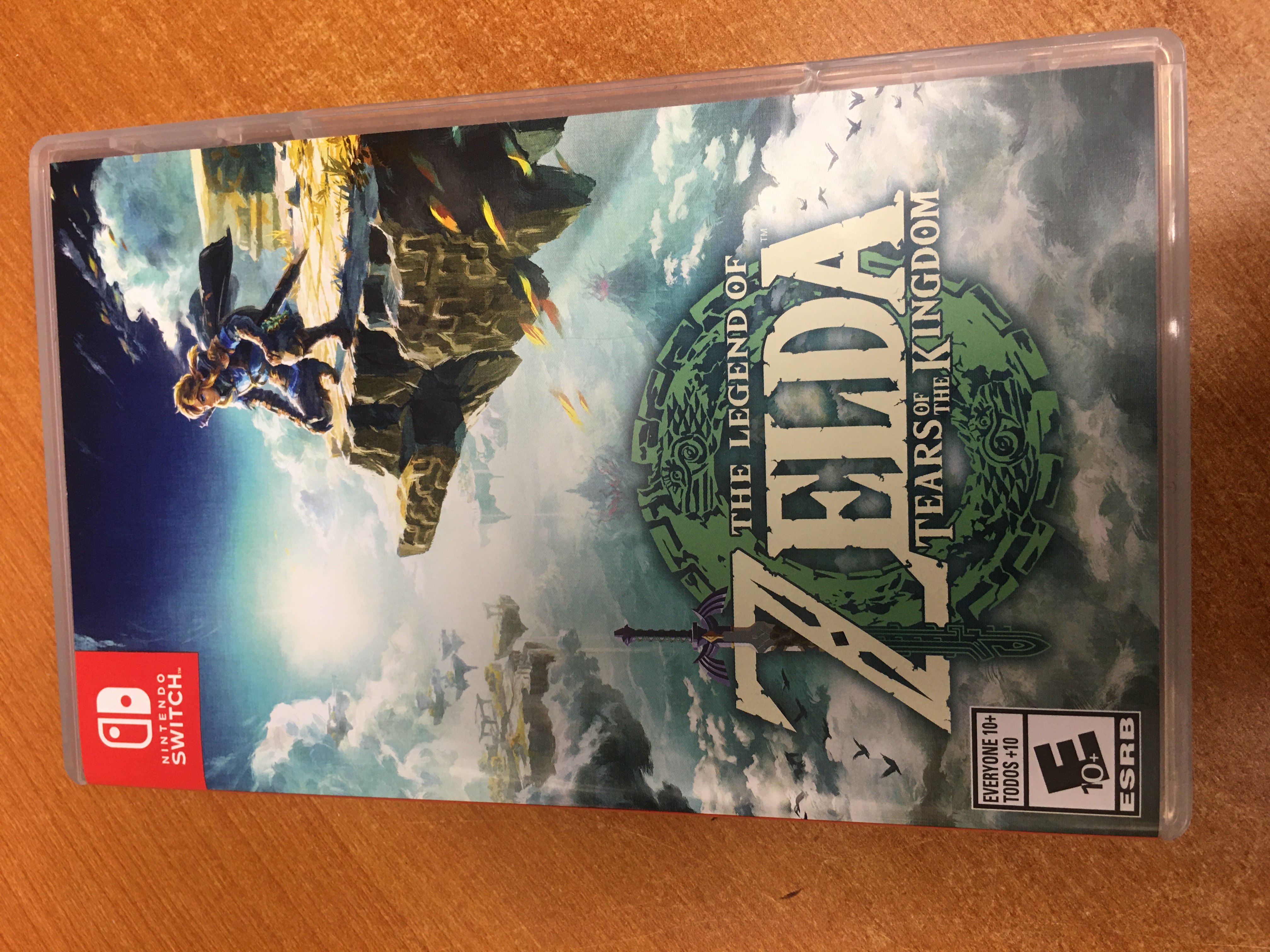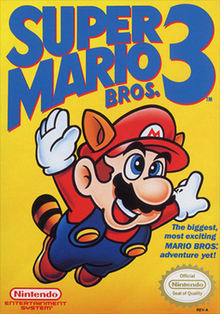
It’s August, and I’ve been spending my free time playing The Legend of Zelda: Tears of the Kingdom on the Switch. I continue to be amazed at the depth of the game, especially compared to even its immediate predecessor, Breath of the Wild. In this latest installment, we are given the “fuse” ability which allows is to attach the various things we find around Hyrule to our weapons to enhance their ability. For instance, I recently fused a rock to a sword in order to make what the game calls a “rock hammer” to pound my way through blocked openings in caves. I’ve also attached monster parts to a weapon to both enhance the attack power of the weapon and give the weapon the power the original monster had. Interestingly, we can also attach things to our arrows and shields as well, to make fire (or bomb!) arrows or enhance our shields’ protective ability.
One thing that did carry over – and I have mixed feelings about – is the idea of weapon durability. In this game (and in Breath of the Wild), the weapons we pick up will eventually wear out and break with use. This is a departure from previous games in the franchise, where, once you had a new weapon or shield, you had it permanently. While I can appreciate the realism of a sword wearing out, just as it would in the “real world”, it is pretty annoying when the weapon you are using breaks in the middle of a fierce battle against a powerful enemy!
Like every Zelda game, more features of the game are opened up to you as you progress through the story. The usual fast-travel is here, with the travel points being shrines you’ve unlocked across the land, and of course, more powerful weapons and armor appear as you complete different parts of the story. I am reminded of the original Legend of Zelda for the old-school NES, which debuted in the USA in 1987. In its day, that game was also considered revolutionary – this was the first NES game that allowed the player to “save” their progress in the cartridge – something that was previously only possible on computer games that used disks. Also, in Tears of the Kingdom, just as in Breath of the Wild before it, the player is in an “open world” where they can choose to visit just about any area in the game – just like the game that started it all on the original NES. The only limits on exploration are the knowledge of the map, and of course, the ability to cope with the challenges the player faces while exploring.

It should be noted that I purchased this game “new” in the store, as opposed to buying used. The last time I bought a game new was Super Mario Bros. 3 on the original NES. Like Tears of the Kingdom, that game also was highly anticipated on its release day. In both cases, I ended up getting the very last copy available – when I bought SMB3, I ended up getting the last paper ticket out of the pouch at Toys ‘R Us (any 80s-90s kid will remember the wall of pouches in the video game section!) and in the case of Tears, I had pre-ordered it and there was exactly zero copies available in the store. Just like the latest games in the Zelda franchise, Super Mario 3 also lived up to its tagline of being the biggest and most exciting entry in the Super Mario series so far and the final Mario game that would appear on the NES.
Currently, I have finished the Wind and Fire temples and am working on some of the side quests in the game. No spoilers please!